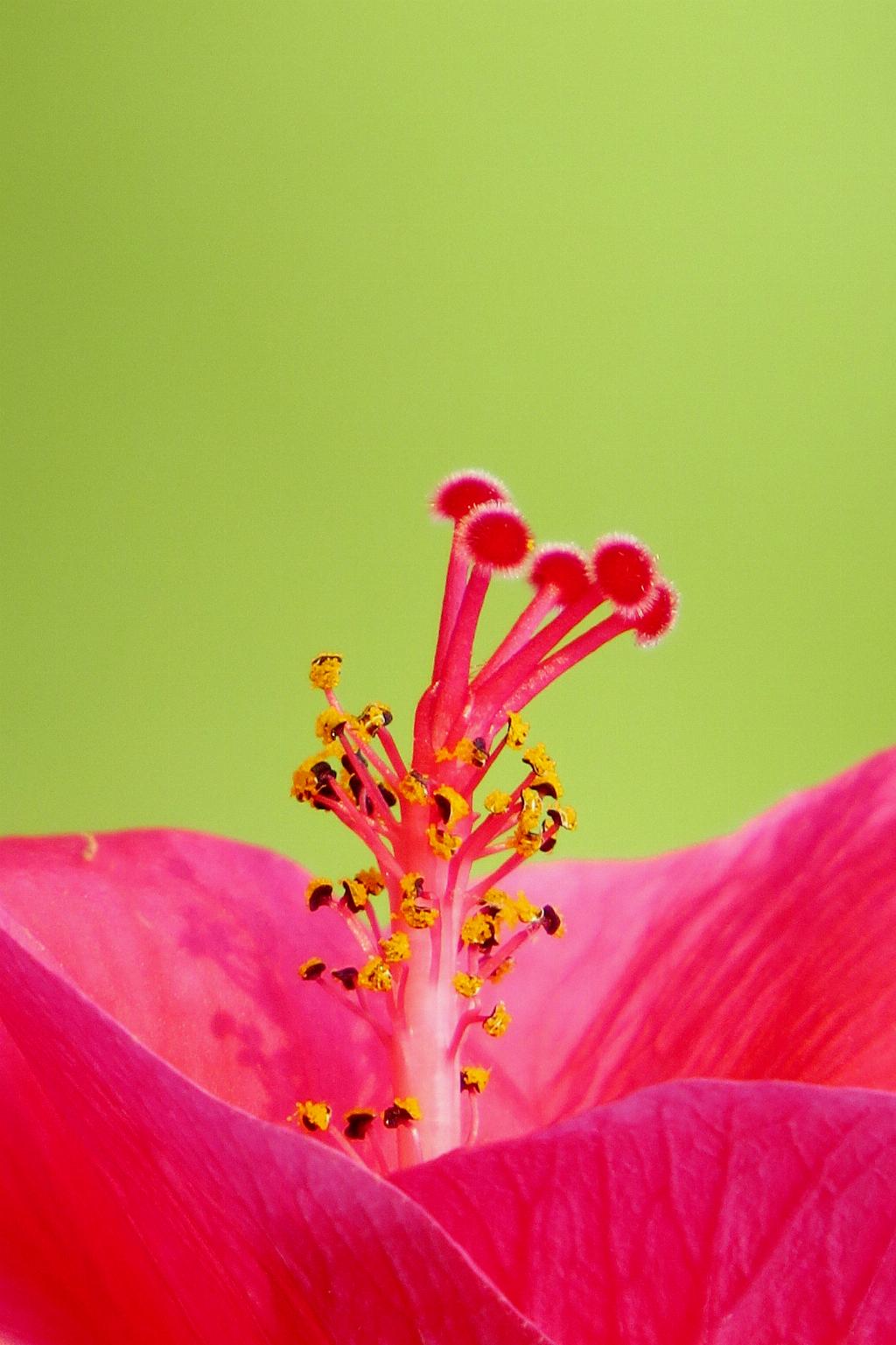When it comes to fertilizing your stunning hibiscus plants, there are a few key strategies to keep in mind to ensure they receive the proper nutrients for healthy growth and vibrant blooms. One effective method is to apply a layer of nutrient-rich compost around the base of the hibiscus in the springtime. This compost provides a natural source of essential minerals and organic matter that can help promote robust growth and flowering throughout the season.
Alternatively, another approach is to use a fertilizer specifically formulated for hibiscus, such as one with a 10-4-12, 9-3-13, or 10-10-10 NPK ratio. These balanced fertilizers provide the necessary nitrogen, phosphorus, and potassium that hibiscus plants require to thrive. When applying fertilizer, be sure to spread it evenly around the base of the plant, taking care not to concentrate it in one area, as this can lead to nutrient imbalances in the soil.
It is crucial to follow the recommended dosage instructions provided on the fertilizer packaging to avoid over-fertilizing your hibiscus. Too much fertilizer, particularly an excess of phosphorus, can harm your plants rather than benefit them. Excessive phosphorus levels in the soil can inhibit the uptake of other nutrients, leading to nutrient deficiencies and potentially causing damage to the hibiscus plant.
While hibiscus plants have specific nutrient requirements, it is essential to consider the overall health of the soil in which they are growing. Before fertilizing, it is advisable to conduct a soil test to assess its nutrient levels and pH balance. This information can help you determine the appropriate type and amount of fertilizer to apply to ensure that your hibiscus plants receive the optimal nutrition they need.
In addition to chemical fertilizers, organic options can also be beneficial for fertilizing hibiscus plants. Organic fertilizers, such as compost, manure, or fish emulsion, provide a slow-release source of nutrients that can improve soil structure and support beneficial microbial activity. These natural fertilizers contribute to long-term soil health and sustainability, promoting strong root development and overall plant vigor.
When fertilizing hibiscus, timing is key to maximizing the benefits of the nutrients provided. In general, it is recommended to fertilize hibiscus plants in the spring, as they emerge from dormancy and begin actively growing. By supplying nutrients at this time, you can support the plant’s early growth stages and encourage robust flowering throughout the growing season.
For container-grown hibiscus plants, regular fertilization is essential to replenish nutrients that may be depleted more rapidly in confined spaces. Using a balanced liquid fertilizer at half the recommended strength every two to three weeks during the growing season can help maintain healthy growth and vibrant blooms in container-grown hibiscus.
While fertilizing hibiscus is vital for promoting optimal growth and flowering, it is essential to complement this practice with proper watering and sunlight exposure. Adequate moisture and sufficient sunlight are equally critical factors that influence the overall health and vitality of hibiscus plants, working synergistically with fertilizer to support their growth and blooming potential.
Regular monitoring of your hibiscus plants’ growth and appearance can provide valuable insights into their nutrient needs. Observing signs of nutrient deficiencies, such as yellowing leaves or poor flowering, can signal that adjustments may be needed in your fertilization regimen. By staying attuned to your plants’ health and responding proactively to their nutritional requirements, you can help ensure they thrive and flourish in your garden or landscape.
In conclusion, fertilizing hibiscus plants is a crucial aspect of their care regimen that directly impacts their growth, flowering, and overall health. By choosing the right type of fertilizer, applying it judiciously, and monitoring your plants’ response, you can provide them with the essential nutrients they need to thrive and showcase their beauty to the fullest. With a balanced approach to fertilization and a commitment to meeting their nutritional needs, your hibiscus plants are sure to reward you with a stunning display of colorful blooms and lush foliage.

